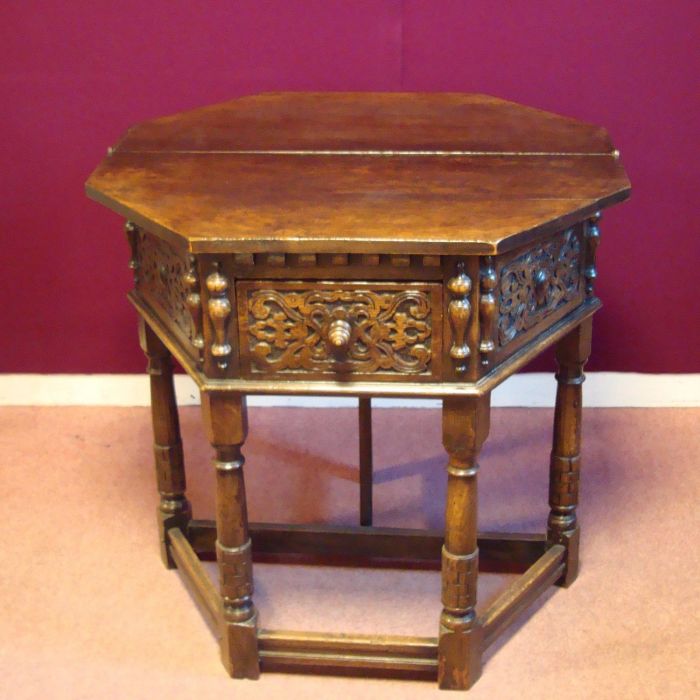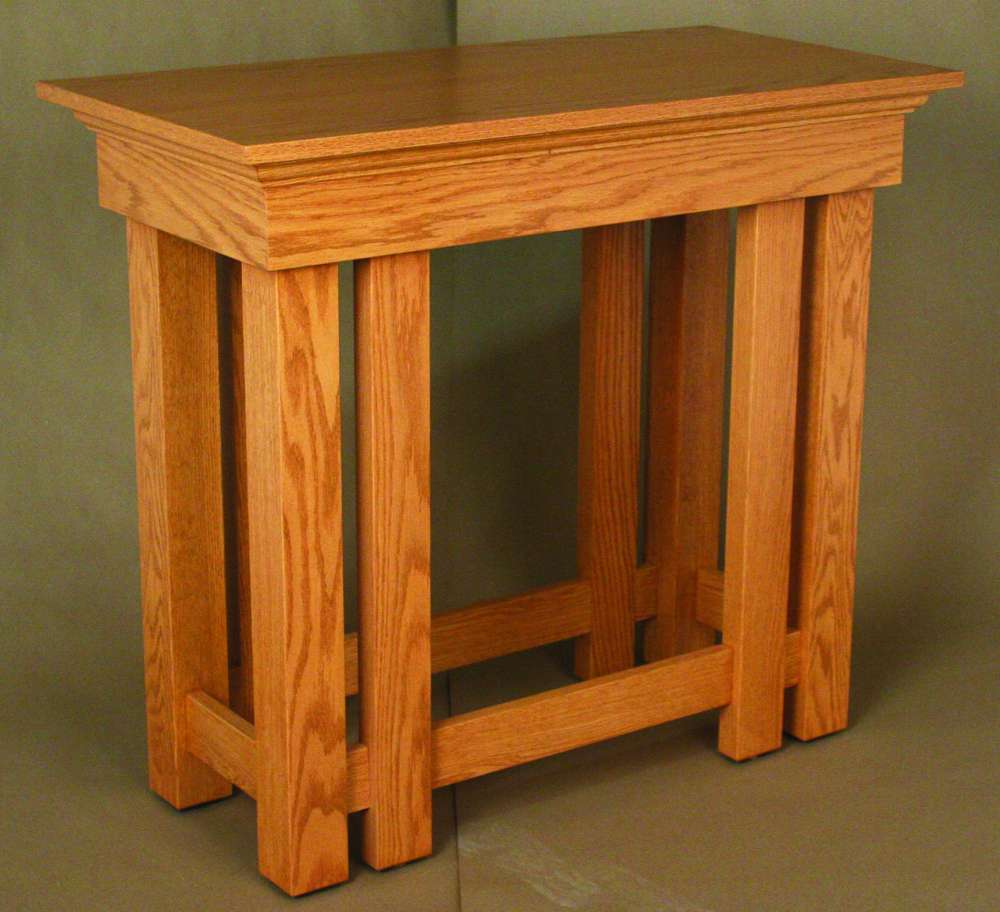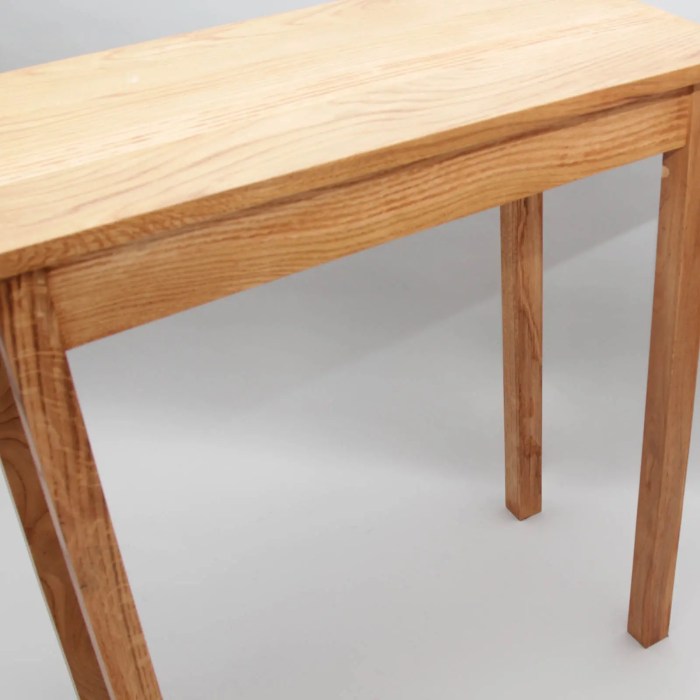Credence table in catholic church – The credence table in the Catholic Church plays a significant role in liturgical celebrations, serving as a preparatory surface for the sacred elements of the Eucharist. This article delves into the history, purpose, design, variations, and significance of this essential liturgical furnishing, exploring its theological and practical implications.
History and Origin of the Credence Table

The credence table has a rich history within the Catholic Church, dating back to the early centuries of Christianity. Its origins can be traced to the need for a dedicated space to prepare and store liturgical items during the celebration of the Eucharist.
Initially, the credence table was a simple wooden or stone shelf placed near the altar. Over time, it evolved into a more elaborate piece of furniture, often adorned with carvings and other decorative elements.
Notable examples of credence tables include the one in the Basilica of San Clemente in Rome, dating from the 12th century, and the one in the Cathedral of Notre Dame in Paris, created in the 13th century.
Purpose and Function of the Credence Table

The primary function of the credence table is to provide a convenient and accessible space for the preparation and storage of liturgical items used during the Mass.
These items may include the chalice, paten, ciborium, and other vessels used for the consecration and distribution of the Eucharist.
The credence table is typically placed near the altar, allowing the priest or deacon to easily access the necessary items during the liturgy.
Design and Symbolism of the Credence Table

Credence tables vary in design, but they typically share certain common elements.
They are usually made of wood or stone, and often feature a simple rectangular or square shape.
The table may be decorated with carvings, paintings, or other ornamentation, which often reflect the liturgical season or the feast being celebrated.
The design of the credence table symbolizes its function as a sacred space for the preparation of the Eucharist.
Its proximity to the altar represents the close connection between the preparation of the gifts and the celebration of the Mass.
Variations in Credence Tables: Credence Table In Catholic Church
Credence tables vary in style and design depending on the region, architectural style, and liturgical practices of the Catholic Church.
In some churches, the credence table is a simple, unadorned shelf, while in others it is a more elaborate piece of furniture with intricate carvings and decorative elements.
The variations in credence tables reflect the diversity of Catholic liturgical traditions and the unique character of each church.
Role in Liturgical Celebrations
The credence table plays a significant role in liturgical celebrations, particularly during the Mass.
It is used for the preparation of the gifts, including the bread and wine that will be consecrated.
The priest or deacon places the gifts on the credence table before the Offertory, and they remain there until the time of consecration.
The credence table also serves as a place to store the vessels used for the distribution of the Eucharist, such as the chalice and paten.
Significance for Catholic Faith and Tradition
The credence table holds great theological and spiritual significance in the Catholic faith.
It represents the importance of the Eucharist as the central sacrament of the Church.
The preparation of the gifts on the credence table symbolizes the offering of the faithful to God, while the storage of the vessels used for the Eucharist represents the Church’s reverence for the sacrament.
Helpful Answers
What is the primary function of a credence table?
The credence table serves as a preparatory surface for the bread, wine, and other liturgical items used in the Eucharistic celebration.
How has the design of credence tables evolved over time?
Credence tables have evolved from simple wooden tables to elaborate and ornate structures, reflecting changes in architectural styles and liturgical practices.
What is the symbolism associated with the shape and size of credence tables?
The shape and size of credence tables often symbolize the stability and firmness of the Catholic faith, as well as the abundance of God’s grace.
How does the credence table contribute to the smooth flow of the liturgy?
By providing a designated space for the preparation and storage of liturgical items, the credence table ensures that the liturgy proceeds seamlessly and without interruption.